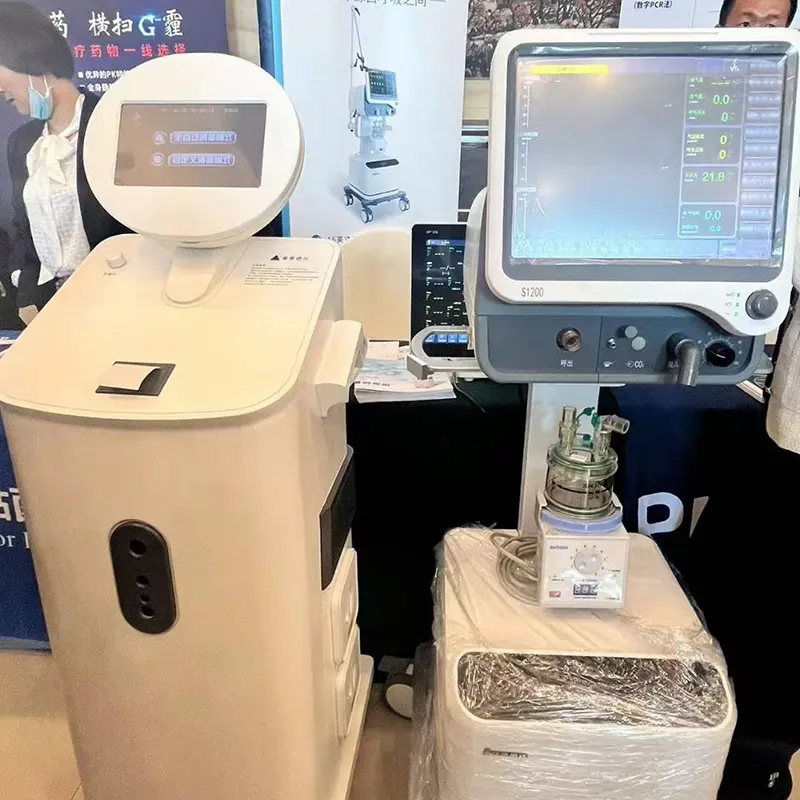Introduction:
Anesthesia plays a vital role in modern medicine, ensuring patients undergo surgeries and procedures comfortably and painlessly. However, beyond the administration of anesthesia lies a crucial aspect that often goes unnoticed – anesthesia machine pipeline disinfection. This process is essential in maintaining a safe surgical environment, reducing the risk of infections, and ultimately enhancing patient care.
Importance of Anesthesia Machine Pipeline Disinfection:
The anesthesia machine consists of various components, including hoses, valves, and breathing circuits, connected through a complex pipeline system. These pipelines can harbor harmful bacteria, viruses, and other pathogens that pose a significant risk to both patients and healthcare providers. Regular disinfection of the anesthesia machine pipeline is necessary to prevent the transmission of infections and maintain a sterile environment.
Minimizing Infections:
Effective disinfection of anesthesia machine pipelines significantly reduces the risk of infections during surgery. Pathogens such as methicillin-resistant Staphylococcus aureus (MRSA) and Clostridium difficile can contaminate the machine if not properly disinfected. Through routine disinfection protocols, these pathogens are eradicated, minimizing the chances of surgical site infections (SSIs) and other related complications.
Enhancing Patient Safety:
Patient safety is the top priority in any healthcare setting. By ensuring anesthesia machine pipeline disinfection, hospitals and surgical centers can provide a safer environment for patients. By eradicating harmful pathogens in the pipeline, the risk of post-operative complications is significantly reduced, leading to faster recovery times and improved patient outcomes.
The Disinfection Process:
Anesthesia machine pipeline disinfection involves a series of steps designed to eliminate microorganisms effectively. Firstly, all reusable components are disconnected, thoroughly cleaned, and soaked in an appropriate disinfectant solution. Special attention is paid to high-risk areas like breathing circuits, connectors, and filters. Once cleaned, the components are rinsed, dried, and reassembled before being subjected to final testing and quality checks.
Routine Maintenance and Monitoring:
To ensure continuous and effective disinfection, regular maintenance and monitoring of anesthesia machine pipelines are essential. Healthcare providers implement strict protocols, including daily visual inspections, regular filter replacements, and scheduled cleanings. These practices help identify and address any issues promptly, minimizing disruptions to surgical schedules and optimizing patient safety.
Collaboration with Infection Control Teams:
Infection control teams play a vital role in implementing and monitoring anesthesia machine pipeline disinfection protocols. They work closely with healthcare providers, offering guidance on best practices and ensuring adherence to established standards. This collaboration fosters a culture of safety and aids in the development of comprehensive infection control strategies.
Conclusion:
Anesthesia machine pipeline disinfection is an integral part of maintaining a safe surgical environment. By implementing rigorous disinfection protocols, healthcare providers can minimize the risk of infections, enhance patient safety, and improve overall patient care. Routine maintenance, monitoring, and collaboration with infection control teams are crucial to ensure the effectiveness of these protocols. With a commitment to surgical safety, hospitals and surgical centers continue to prioritize the well-being of patients from pre-operative to post-operative stages.
